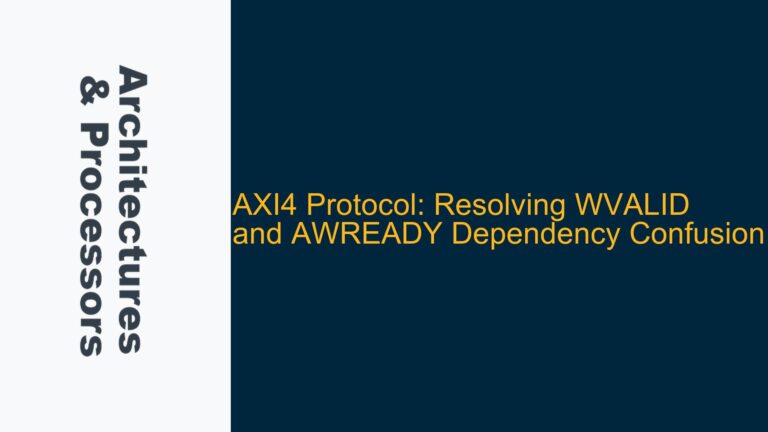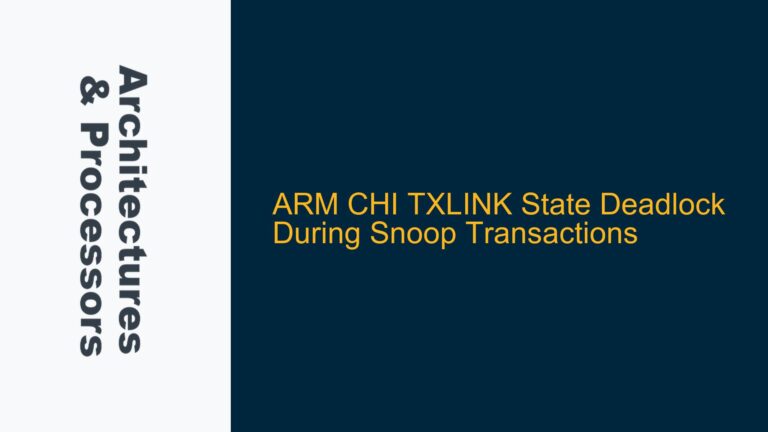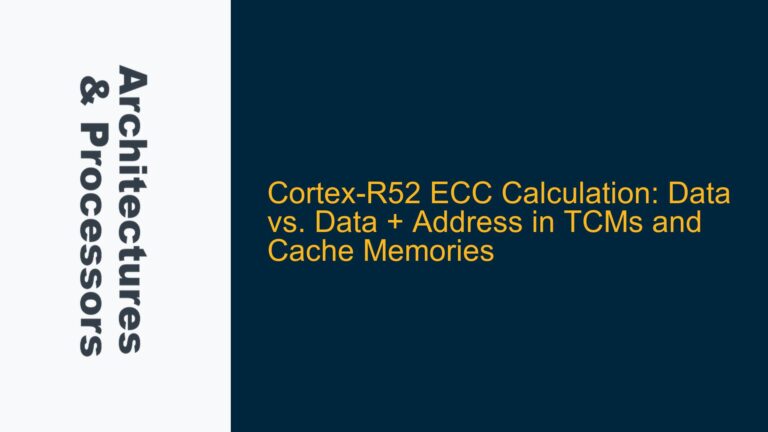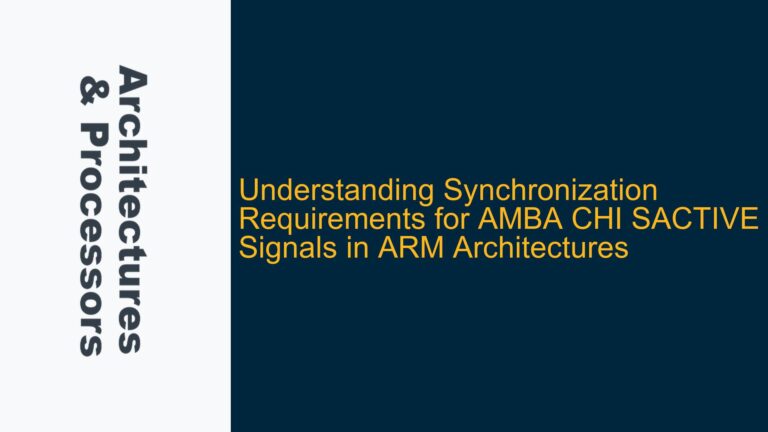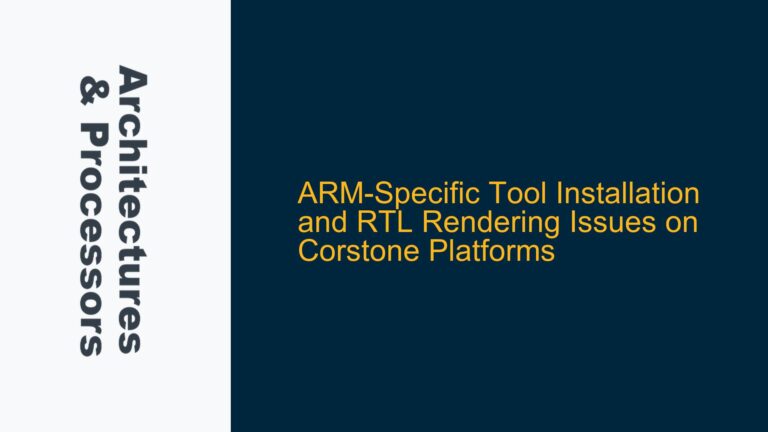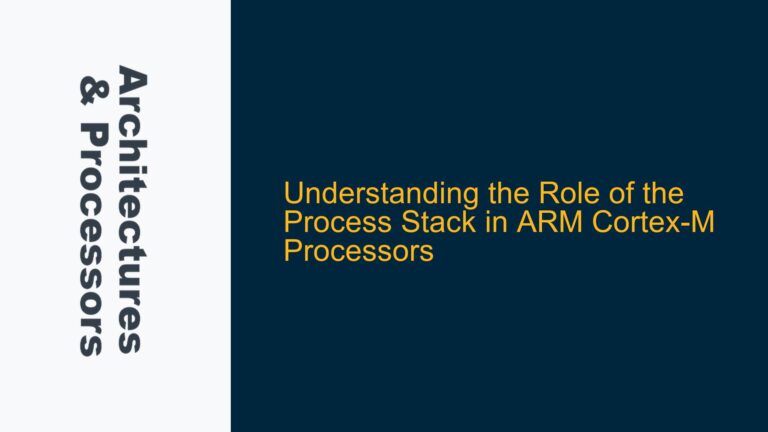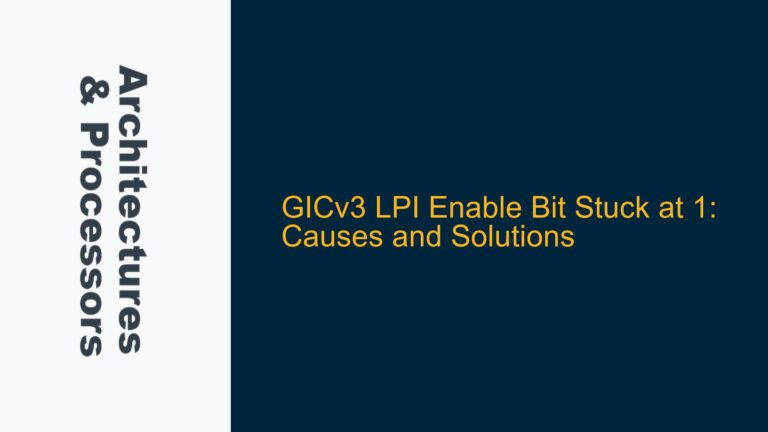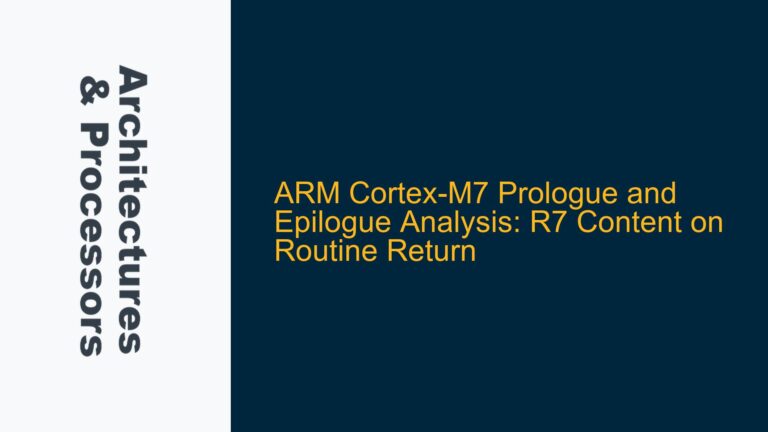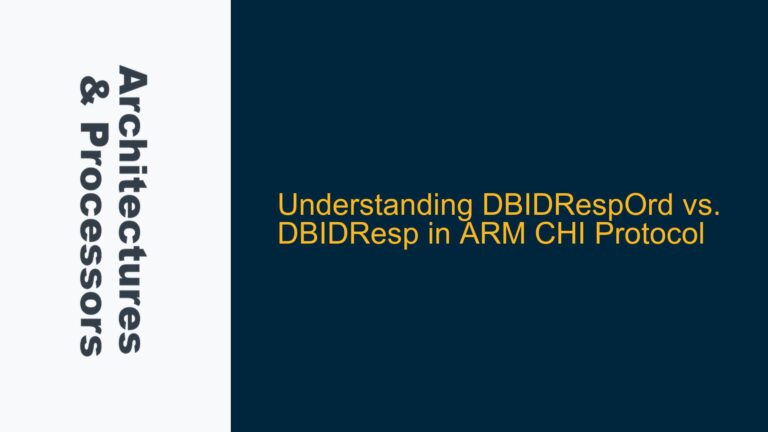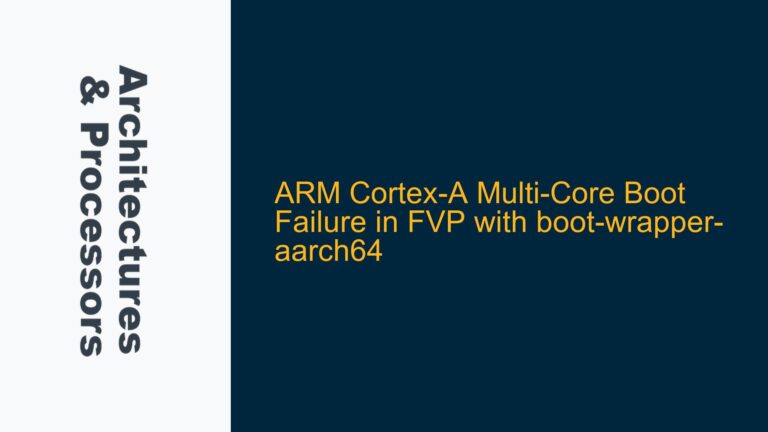AXI4 Protocol: Resolving WVALID and AWREADY Dependency Confusion
ARM AXI4 Protocol: WVALID and AWREADY Timing Dependencies The ARM AXI4 protocol is a widely used on-chip communication standard for high-performance embedded systems. It defines a set of rules and signaling mechanisms for data transfers between managers (masters) and subordinates (slaves). One of the critical aspects of the AXI4 protocol is the timing relationship between…
